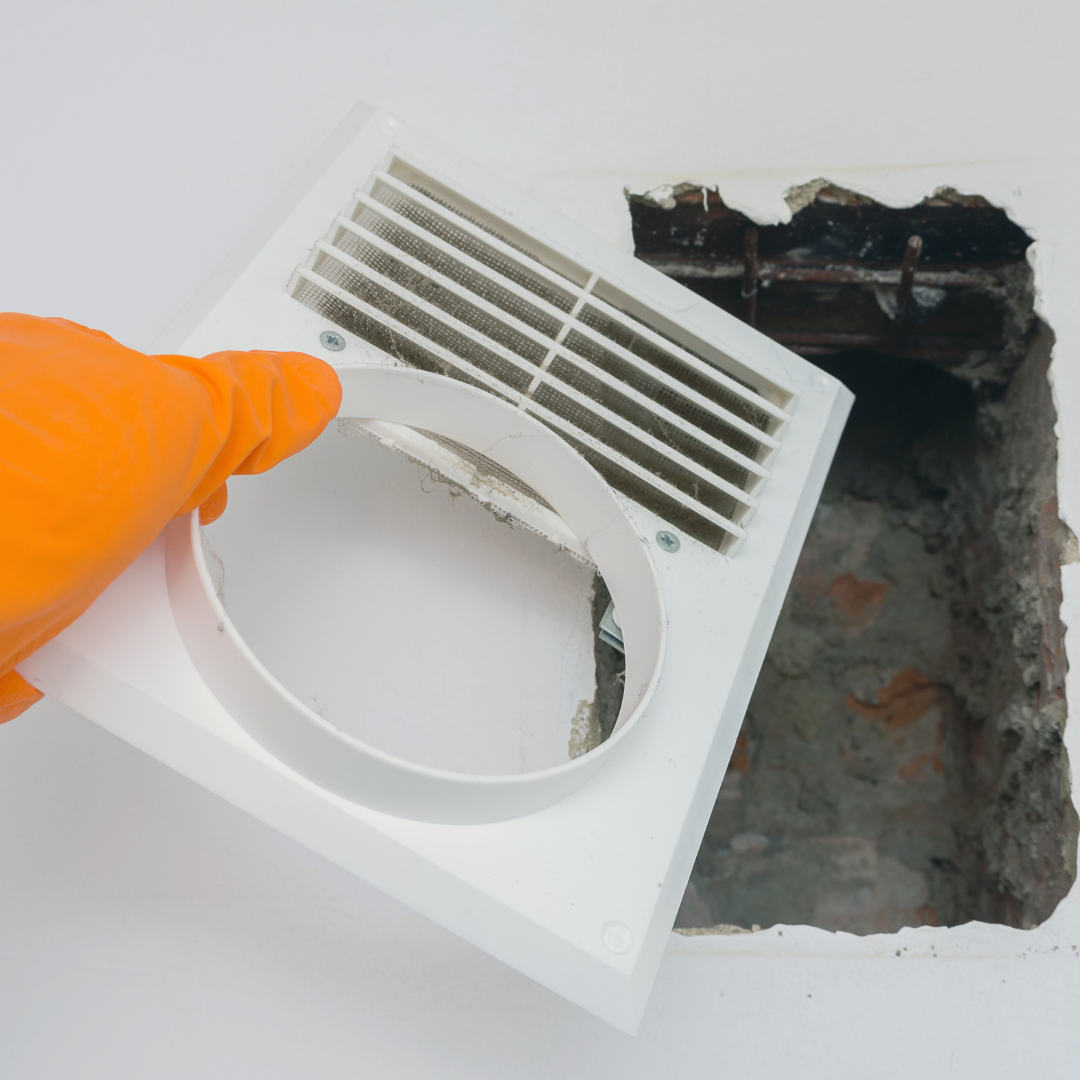How to Check, Clean, and Seal Air Ducts
Air ducts should be inspected at least once a year. Keeping your ducts clean and clear of dust helps enhance air quality and the overall performance of your HVAC system. Though having your ducts professionally serviced once a year is always a good idea, there are a few simple maintenance procedures you can do on your own.
Spotting minor issues before they become major ones will save you money on repair work and keep professional inspections to a minimum. Learn how to clean and examine your air ducts for leaks.
Examine The Ductwork For Air Leaks
When checking your air ducts, you will need a few simple tools. Take a screwdriver, a flashlight, some rags, and a camera with you (or a smartphone with flash).
You should also have some HVAC aluminum foil tape, not duct tape) or mastic sealer (particularly for ductwork) on hand in case a leak develops. Don’t forget to dress appropriately for the work. Wear clothing you don’t really use anymore and rubber gloves if you don’t want to get your hands soiled.
Main Unit
The main unit and its enormous ductwork will be your first destination (which is connected to the branch ducts that run throughout the house). The duct system’s one side distributes air through the branch ducts while the other side pulls air in.
Turn on your HVAC system and check for any air leaks around all air duct attachments. Wet your hand a little to increase the sensitivity of your capacity to detect air leaks. You may also use an incense stick or a thin piece of toilet paper to test for leaks; if the paper clings to or blows away from a place where two pieces of metal are linked together, you have a leak.
Branch Ducts
If there are any obvious ducts in your house (typically in the basement or attic), they should be checked first. Examine the insulation around the ducts for any signs of deterioration, such as broken pieces, moist spots, or mildew. A wet area would suggest a clog and a problem with indoor air quality, indicating that the area needs to be cleaned. Contact your local specialist to repair your ductwork if you discover any damage to your insulation or mold or moisture issues.
Essentially, you’re looking for any airflow around your duct seams and connections. Inspect your air duct insulation for damage and wet areas while checking for air leaks.
Sealing Air Ducts
When you find a visible leak coming from the main unit ducts, fixing it might be simple. Aluminum foil tape and other heat-resistant tape are excellent for leaks on a flat surface when two pieces of metal are connected together. When shopping, look for the Underwriters Laboratory (UL) mark. Before you begin, get a rag and wipe off the area to ensure that it is clean before applying mastic sealant or foil tape.
After cleaning the surface, simply apply a strip of aluminum foil tape over the leak or cover it with a mastic sealer and a paintbrush. Use mastic sealant to seal leaks that are difficult to plug using foil tape.
Mastic sealant is often more effective than duct tape. It lasts longer and is easy to apply. The sole disadvantage is that it is ineffective for leaks greater than 1/4 inch in diameter, and some people may find it unpleasant.
When the gap is bigger than 1/4 inch, use aluminum foil tape together with a mastic sealer.


